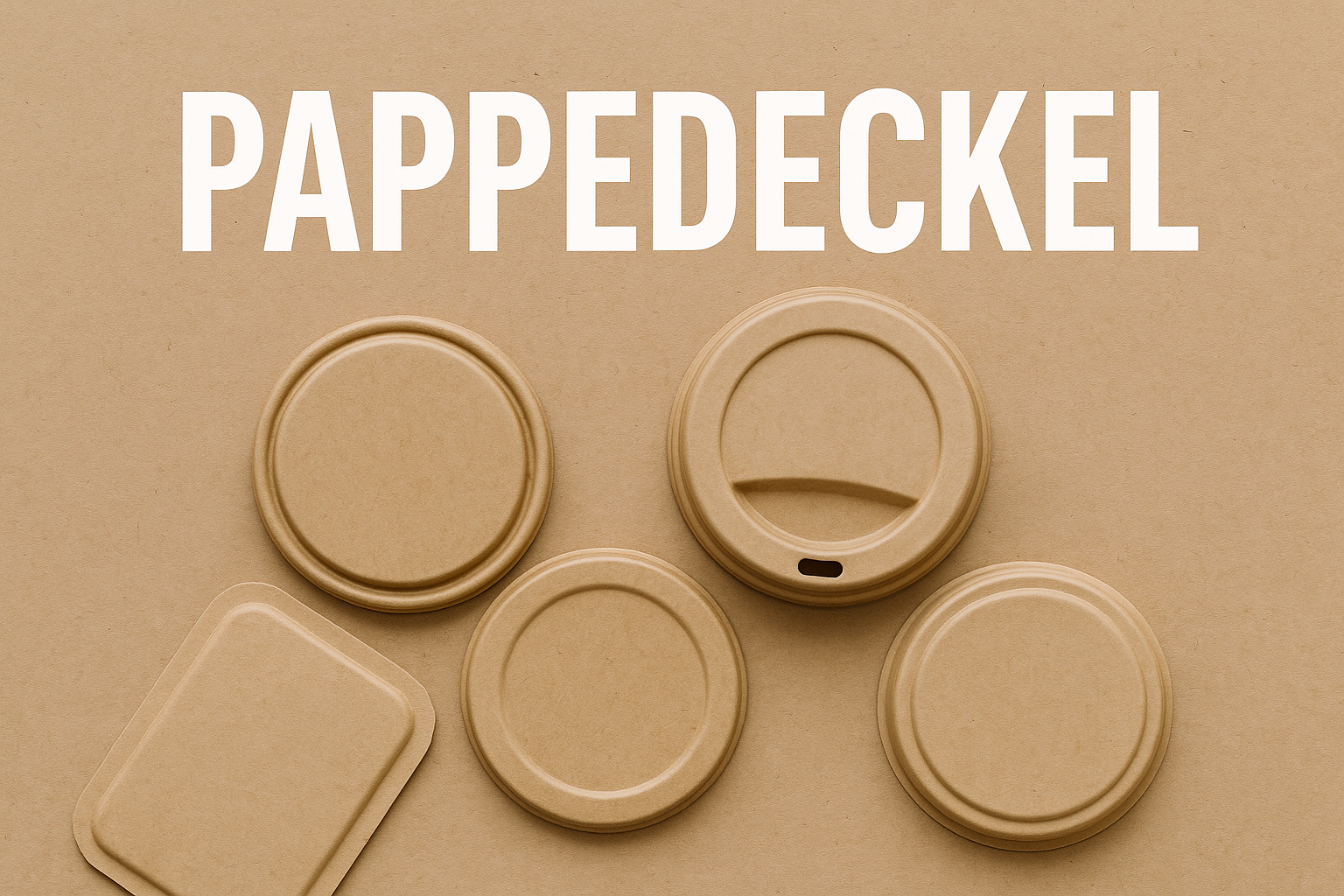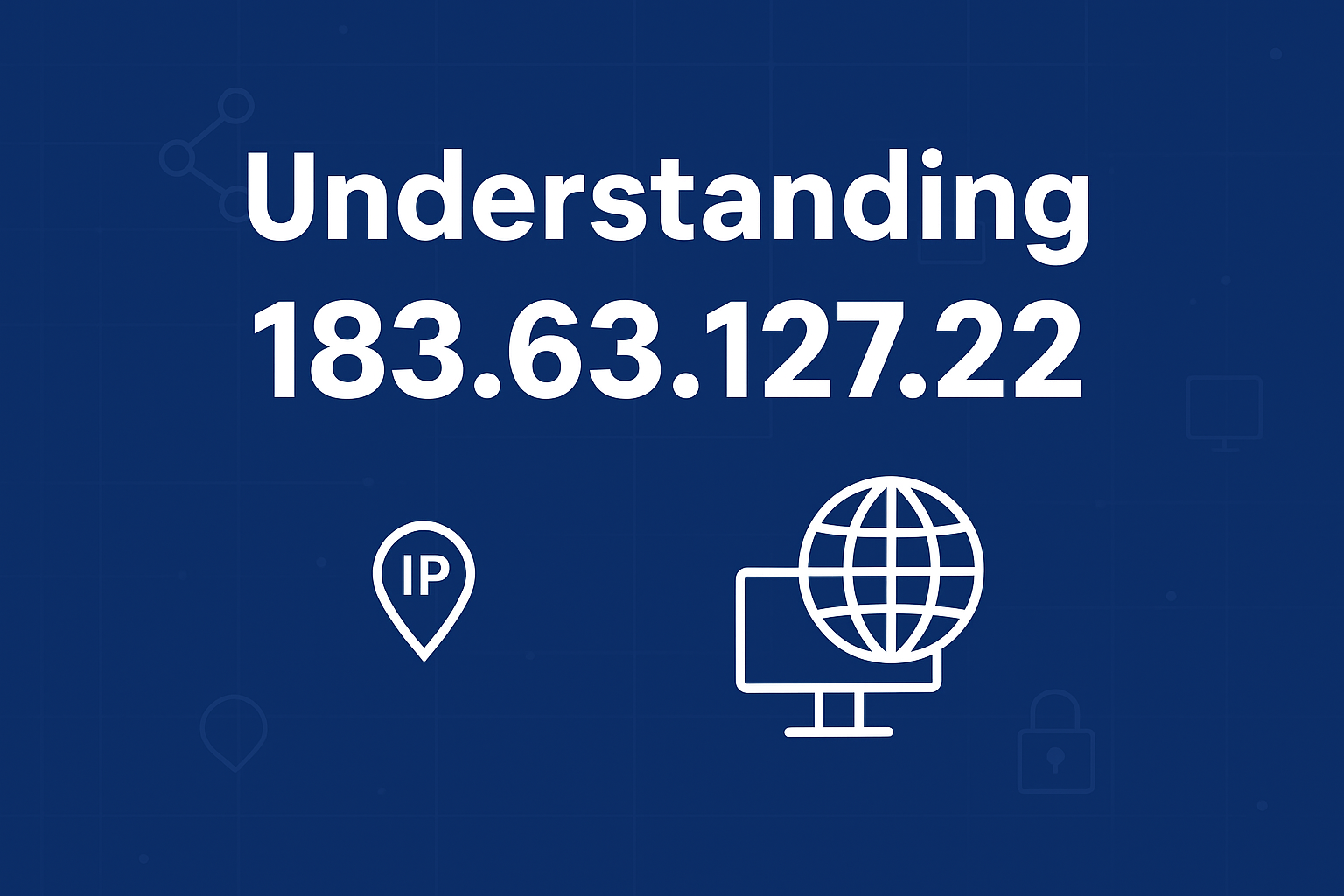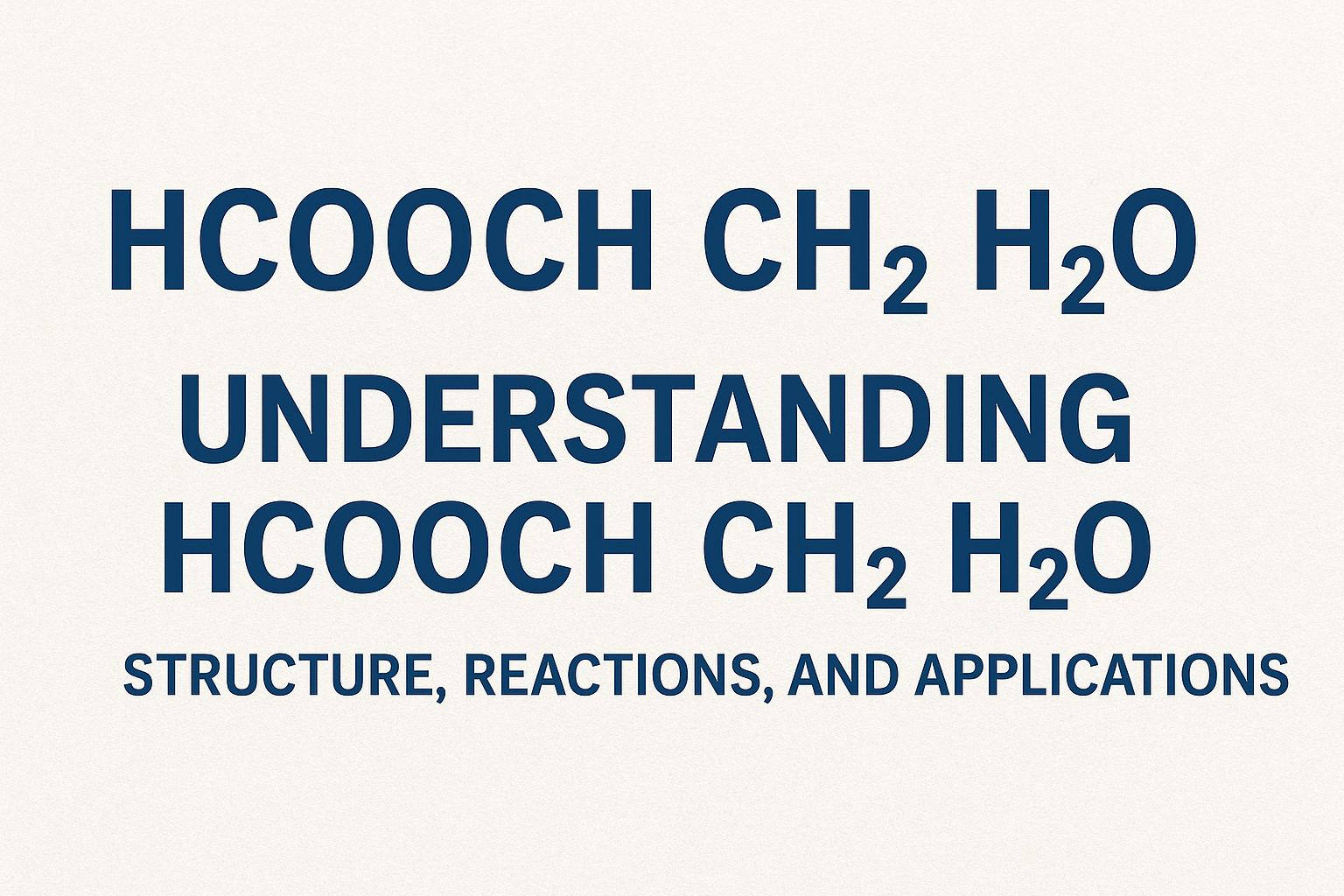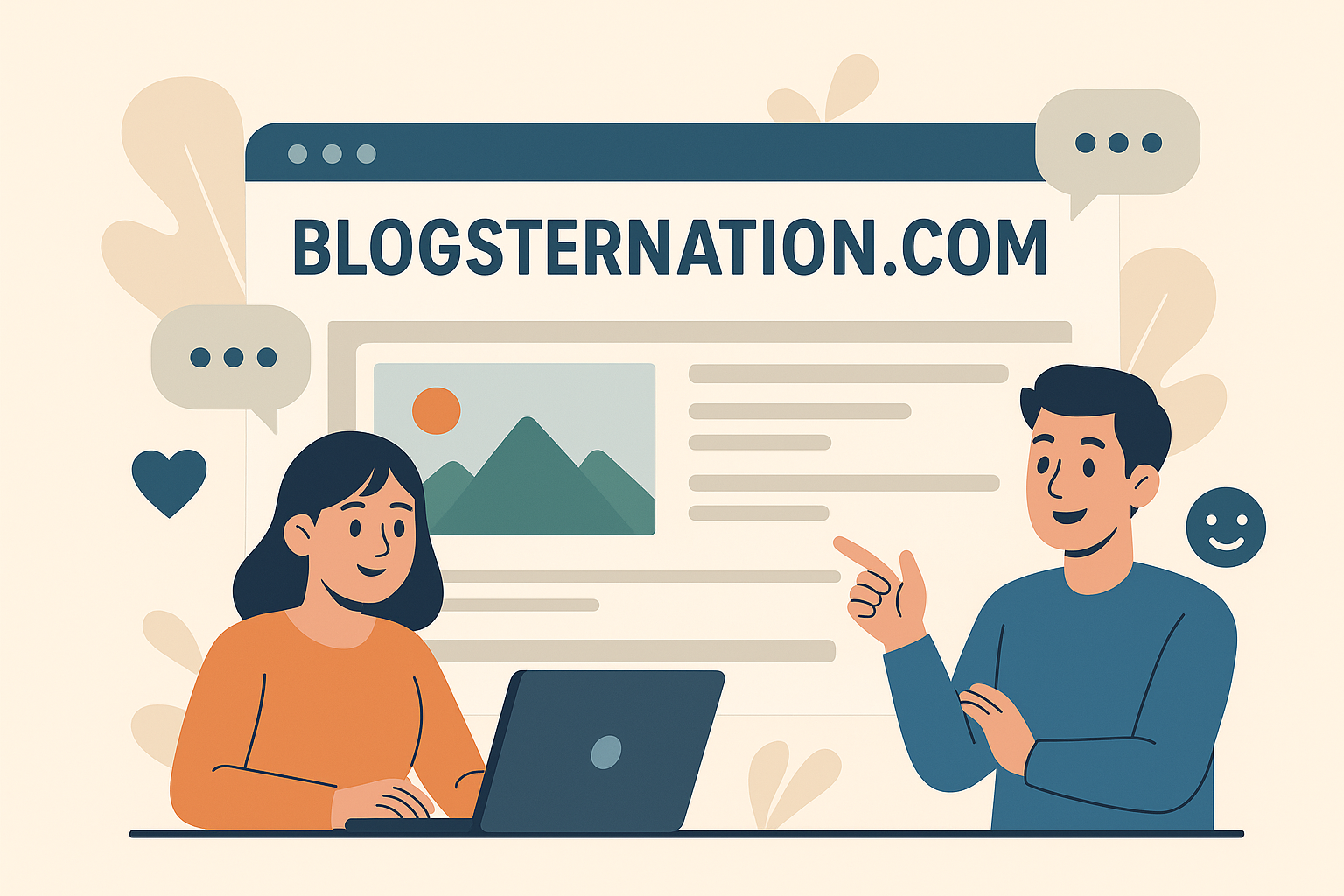
In a world that is becoming increasingly conscious about sustainability, eco-friendly packaging has gained immense importance. One such solution that is gaining attention is the pappedeckel, a German word that translates to “cardboard lid” in English. The concept of the pappedeckel is simple yet powerful: using sturdy cardboard lids as an alternative to plastic or other non-biodegradable materials. These small yet significant items are making a big impact across industries, from food and beverage to logistics and retail. In this article, we will explore the origins, uses, and advantages of the pappedeckel, as well as how it aligns with the global movement toward reducing plastic waste and embracing recyclable packaging solutions.
What is a Pappedeckel?
The term pappedeckel typically refers to a circular or rectangular piece of cardboard used as a cover or lid, often for disposable cups, food containers, or packaging boxes. Unlike plastic lids, which are difficult to recycle and often end up polluting landfills and oceans, the pappedeckel is made from renewable resources and is biodegradable. This makes it an excellent choice for companies and individuals who are committed to minimizing their environmental footprint. While it may seem like a small component of packaging, the pappedeckel plays a crucial role in maintaining hygiene, ensuring convenience, and providing a sustainable option that aligns with modern consumer values.
Historical Context and Evolution of Pappedeckel
The use of cardboard in packaging dates back to the 19th century, when it first became popular as a lightweight and cost-effective material for protecting goods. The pappedeckel emerged as part of this evolution, serving as a practical solution to replace metal or plastic lids. Initially, pappedeckel items were used mainly in food markets and bakeries, but with time, their application spread across different sectors. Today, we find the pappedeckel being used in coffee shops for takeaway cups, in restaurants for packaging leftovers, and even in larger-scale industries such as pharmaceuticals and logistics. The continuous innovation in paper and cardboard technology has made the pappedeckel stronger, more versatile, and increasingly customizable.
Environmental Benefits of Pappedeckel
One of the strongest arguments for adopting the pappedeckel lies in its environmental benefits. Unlike single-use plastics, which take hundreds of years to decompose, cardboard products such as the pappedeckel are biodegradable and recyclable. When disposed of properly, they break down naturally and do not release harmful toxins into the soil or water systems. Moreover, since most pappedeckel products are made from recycled paper fibers, they contribute to a circular economy where waste materials are reused rather than discarded. Companies that incorporate the pappedeckel into their packaging strategies can significantly reduce their carbon footprint and appeal to environmentally conscious consumers who prefer sustainable choices. The pappedeckel not only helps reduce waste but also sets a precedent for responsible production and consumption.
Pappedeckel in the Food and Beverage Industry
Perhaps the most common place to encounter the pappedeckel is in the food and beverage sector. Coffee shops, fast-food chains, and takeaway restaurants frequently use pappedeckel lids for cups, bowls, and containers. These cardboard lids are sturdy enough to prevent spills while being light and easy to dispose of responsibly. In fact, many companies now print their logos or messages on the pappedeckel, turning it into a tool for branding as well as functionality. Furthermore, since the pappedeckel is heat-resistant, it is an excellent choice for covering hot beverages, soups, and even baked goods. Its wide adoption in this industry demonstrates that eco-friendly alternatives can be both practical and appealing to customers.
Innovations and Design Possibilities with Pappedeckel
Modern manufacturing processes have expanded the possibilities of the pappedeckel far beyond the traditional plain cardboard lid. Today, pappedeckel products can be designed in various shapes, sizes, and thicknesses to suit specific needs. They can be coated with biodegradable materials to improve water resistance or embossed with textures for a premium look. Some companies even experiment with colorful prints, creative designs, and QR codes on their pappedeckel, transforming them into engaging touchpoints for customers. These innovations show that the pappedeckel is not only an eco-friendly alternative but also a versatile medium that supports marketing, branding, and customer interaction.
Pappedeckel and Consumer Perceptions
Consumer attitudes have shifted dramatically in recent years, with increasing awareness of environmental issues influencing purchasing decisions. People now expect brands to adopt sustainable practices, and the use of the pappedeckel is a visible signal of such commitment. Customers often view the pappedeckel as a symbol of eco-consciousness, associating it with companies that care about the planet. This perception can build loyalty and trust, giving businesses that use the pappedeckel a competitive edge in crowded markets. The psychological impact of seeing a pappedeckel instead of a plastic lid reinforces the notion that small changes in everyday products can collectively lead to significant environmental improvements.
Challenges in Adopting Pappedeckel
Despite its many advantages, the widespread adoption of the pappedeckel is not without challenges. For one, cardboard materials can sometimes struggle with moisture resistance, making them less durable for certain applications. While technological improvements have addressed some of these issues, there is still room for further development. Additionally, the cost of producing high-quality pappedeckel items can be slightly higher than that of cheap plastic lids, which may discourage small businesses with limited budgets. Logistics and supply chain adjustments are also necessary, as companies need to source and manage pappedeckel products effectively. Overcoming these obstacles requires collaboration between manufacturers, businesses, and policymakers to ensure that the benefits of the pappedeckel outweigh the drawbacks.
The Future of Pappedeckel
Looking ahead, the pappedeckel is poised to play a vital role in the global shift toward sustainable packaging. Governments are increasingly banning single-use plastics, which creates an even greater demand for eco-friendly alternatives like the pappedeckel. With ongoing research and development, future versions of the pappedeckel may become even more resilient, affordable, and customizable. The rise of circular economies and zero-waste initiatives will further encourage industries to adopt the pappedeckel on a larger scale. As awareness spreads, the pappedeckel could evolve from being just a lid to becoming a standard in eco-conscious packaging design across multiple sectors.
Conclusion: Why Pappedeckel Matters
In conclusion, the pappedeckel represents far more than a simple cardboard lid. It is a symbol of sustainability, innovation, and responsibility in packaging. By replacing plastic with biodegradable cardboard alternatives, the pappedeckel helps reduce pollution, conserve resources, and support a healthier planet. From coffee shops to global industries, the pappedeckel has proven its value in functionality, design, and consumer perception. While challenges remain, the momentum toward eco-friendly solutions ensures that the pappedeckel will continue to grow in popularity. Ultimately, adopting the pappedeckel is not just a practical decision but also an ethical one, reflecting the urgent need to align our everyday practices with the principles of sustainability.




